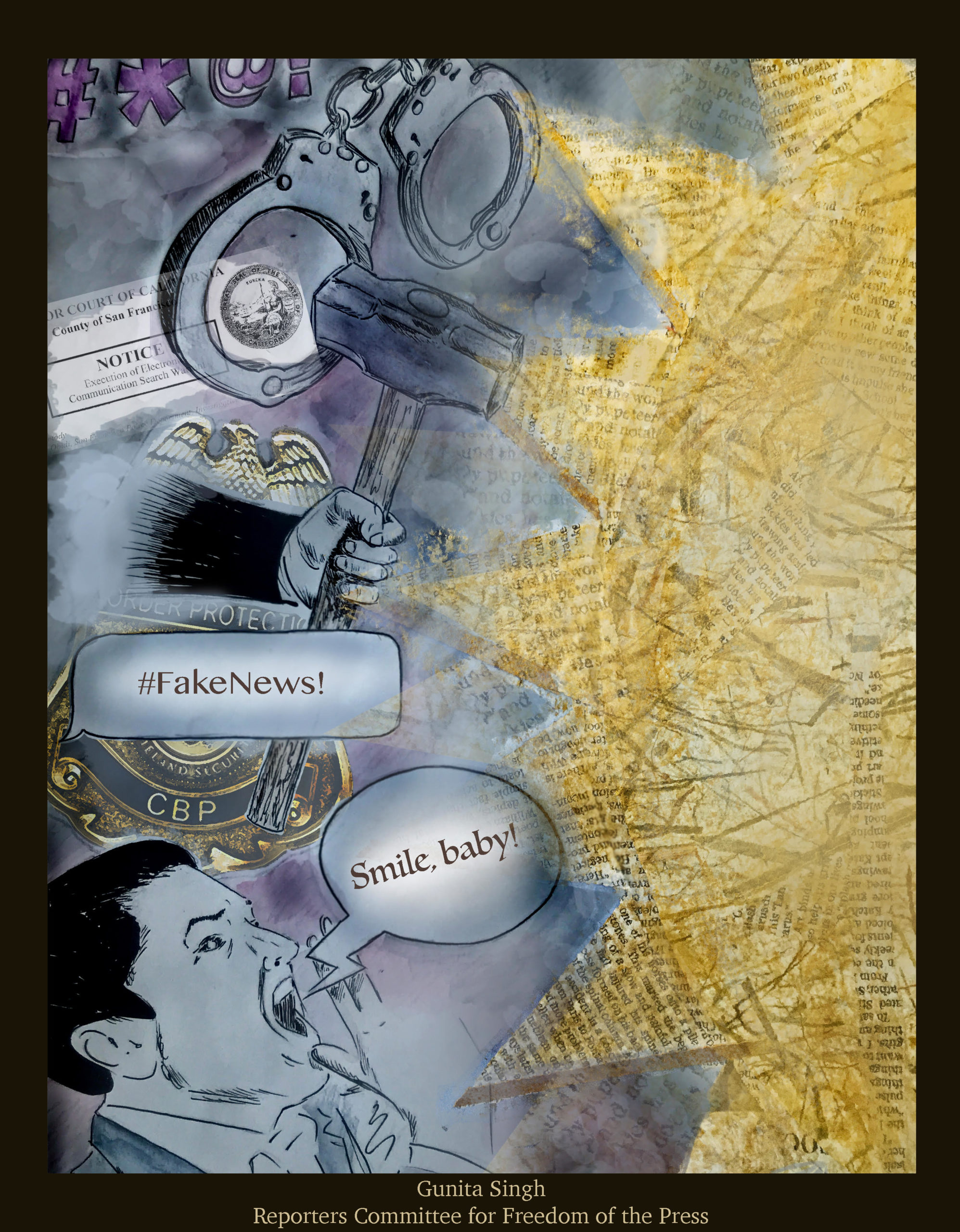Now, more than ever, we must protect our free press

Since World Press Freedom Day earlier this month, the world has continued to face two pandemics — one, a public health crisis that has claimed hundreds of thousands of lives to date; the other, a proliferation of false information that has helped the new coronavirus spread. As the Director-General of the World Health Organization put it: “We’re not just fighting an epidemic; we’re fighting an infodemic.”
Videos with misinformation about COVID-19 continue to go viral. Fake cures, such as drinking pure alcohol, spread faster than the virus itself, with just as deadly consequences. After President Donald Trump erroneously suggested last month that sunlight and ingesting disinfectants could cure coronavirus, calls to health hotlines surged. Fact-checking organizations have been overwhelmed, sometimes receiving over 2,000 inquiries per day.
In this moment, journalists’ work — informing the public, addressing misinformation, and shedding light on the government’s response to the crisis — is particularly critical. Yet just when we need it the most, the press faces a perfect storm of adversity — from financial woes and relentless attacks, to legal threats and hostility at both the national and local level. World Press Freedom Day served as an important reminder that journalists and news outlets across the country need our support now more than ever.
The U.S. news industry has been facing financial distress for years, with newspapers losing half their newsroom employees since 2008, amid shrinking subscriber bases and declining ad revenue. Coronavirus has hastened the trend, with roughly 36,000 workers at U.S. news outlets being laid off, furloughed, or having their pay reduced, while some outlets shut down altogether.
Simultaneously, news outlets have also faced a credibility crisis, stoked by a president who has called the news media “fake news” and “enemy of the people” with increasing frequency for the past three years. Last month, President Trump tweeted his 2,000th attack on the press, according to a database managed by the U.S. Press Freedom Tracker. [Note: I serve on the Tracker’s advisory board.]
Such relentless attacks take a toll. In fact, the president has explicitly said that’s the point. A 2019 Pew Research Center study found that while Democrats’ trust in many news outlets remained stable or increased since 2014, Republicans reported greater distrust during the same period for 14 of 20 news sources — including “particularly notable increases in distrust of CNN, The New York Times, and The Washington Post — three frequent targets of criticism for President Donald Trump.”
But the anti-press rhetoric is just the tip of the iceberg. With every year of this administration, we have seen more attacks on press freedom using the powers of the executive branch. Government officials have denied press access in apparent retaliation for asking questions or perceived negative coverage. At the border, customs officials have targeted journalists with invasive, warrantless searches and harassing questions. The Department of Justice has continued to prosecute journalists’ confidential government sources (a trend begun by the Obama administration). Perhaps most concerning, in May 2019, the Justice Department began pursuing charges under the Espionage Act against WikiLeaks founder Julian Assange for the simple act of publishing government secrets — the first time in history the government has obtained an indictment on that theory. How this case plays out could have major ramifications for the press.
More recently, the president’s reelection campaign has used the courts to try to intimidate the news media, filing an unprecedented slew of libel suits against The New York Times, The Washington Post, and CNN. Last month, the campaign sued a local NBC station in Wisconsin after it broadcast an anti-Trump ad, sending a clear message to news outlets: run an ad against me and risk an expensive lawsuit.
But the national narrative is only part of the story. Journalists have also faced increasing hostility at the local level. Some of this seems tied to the president’s rhetoric, such as threats in 2018 to CNN and The Boston Globe, and attacks on journalists in North Carolina and Massachusetts from people echoing the president’s anti-media language. But journalists also face threats across the country with no clear connection to the president. Last May, San Francisco police raided freelance journalist Bryan Carmody’s home and office, using a sledgehammer, in an effort to discover the identity of a confidential source. And since 2017, the Tracker has documented both an uptick in the number of reported prior restraints — historically rare court orders that forbid journalists from publishing information — and subpoenas compelling journalists to disclose information about their sources or work.
Thankfully, the principles of free speech and a free press are deeply ingrained in U.S. culture and generally upheld by policymakers and the courts. The U.S. has a robust, diverse, and independent news media that has withstood assaults before and will continue to hold power to account. But we must be particularly vigilant given the current climate and guard against efforts to chip away at our First Amendment freedoms. We must cherish our right to be informed and support our free press — whether that’s subscribing to a local news outlet, donating to a nonprofit newsroom or an organization that supports journalists, or speaking out against efforts to vilify the press.